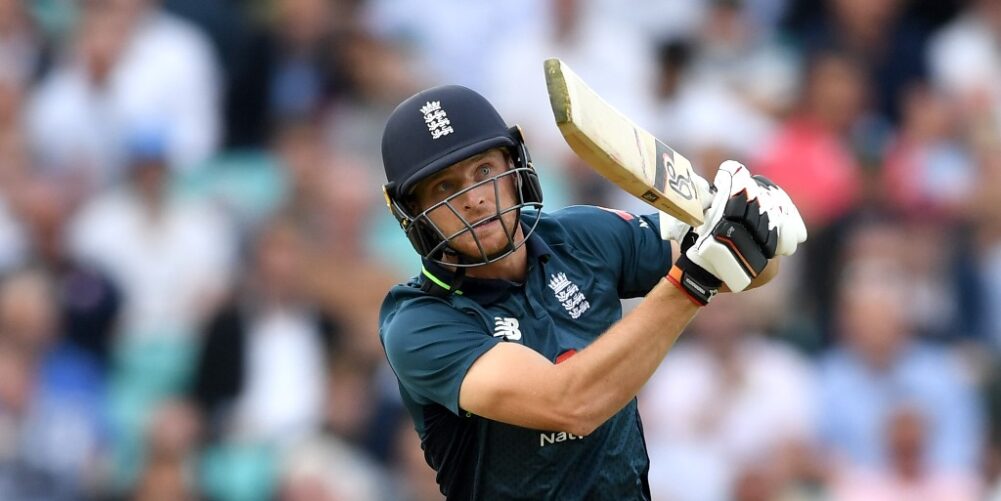By Richard Edwards
Jos Buttler has mastered elite sport’s most critical art – that of not giving a s**t.
That’s the view of his Big Bash coach, Paddy Upton, who worked with the England star for the Sydney Thunder this winter.
Upton was hugely impressed with the former Somerset wicketkeeper, not just as a batsman but also as a character in the dressing room.
During the competition, Upton encouraged senior players to offer advice to the younger members of his side.
And he believes those conversations had a huge impact on his side – with many of them pushing home the idea that the fear of failure needed to be removed for a player to be truly successful and free to express themselves.
“One of the guys (not Buttler) told me that he walked to the wicket repeating the same thing under his breath,” says Upton. “He said the same thing over and over…’I don’t give a s**t, I don’t give a s**t, I don’t give a s**t.
“That will sound strange to anyone who doesn’t play top level sport but these guys aren’t saying it because they don’t care. They’re saying it because they’re 100% confident in their preparation and 100% confident in their own ability.”
The message on Buttler’s bat handle during the Headingley Test sparked widespread debate. It did, though, perfectly encapsulate his attitude and determination to make the most of the second chance he has been handed at Test level.

His form in the Pakistan series suggests that it’s a mindset that’s working and one that could inspire the younger members of this England side to follow his lead.
Upton, one of the most successful T20 coaches in the history of the sport, is also confident that Buttler has shown that being a specialist in the shortest format doesn’t preclude you being a success in Test match cricket.
“When T20 cricket came along you had one-day players adapting their game for T20 cricket,” he says.
“Then teams were scoring 160, 170 and the occasional 180. Then players figured out how to play T20 cricket – there were players who came along who hadn’t been corrupted by 50 over cricket. They just came in and invented the kind of cricket that now sees teams routinely scoring over 200.
“It has been difficult for Test cricketers to adapt to T20, with different shots and a different mindset. In Test cricket you have to put a high value on your wicket, in T20 you have to devalue your wicket.
“But there are players who are capable of making the jump. AB de Villiers is a great example. In Test cricket he batted at a strike rate of 50 because he played fundamentally differently in both formats.
“Then you had Virender Sehwag, who played effectively the same in both formats, with very similar strike rates in each. Jos has got the skillset, if he can keep the same mindset then he can switch between both formats. He can jump between both formats. We’ve seen that in the Pakistan series.”
The Cricket Paper is on sale all year round! Make the summer one to remember by subscribing: http://bit.ly/TCP-Sub
















